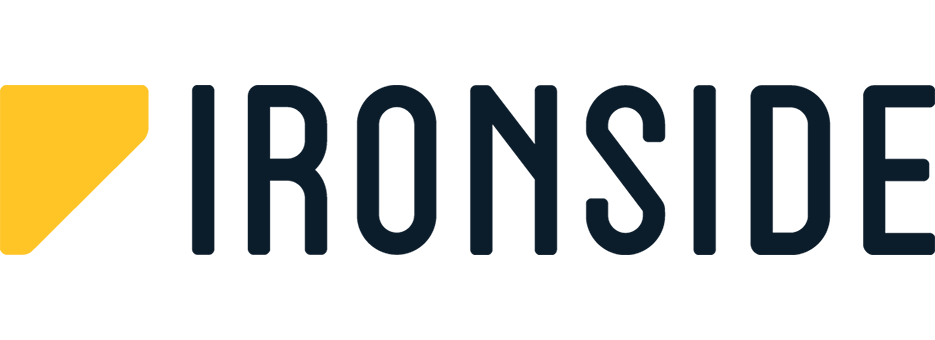Let’s go back a few years. You and your company invested significant amounts of time, effort, and capital to implement a business intelligence environment meant to serve the analytic needs of your organization and help drive insights. You and your team spent extra effort in developing the metadata and reporting that the business said they required, yet you’ve been hearing about users downloading free tools for analysis, your development request backlog has dried up, and a quick look at your audit logs shows flat, or worse, declining usage of your environment. What’s going on? Read more
Financial analytics and performance monitoring are vital components in an organization’s success. The ability to review and quickly react to industry and market changes is a critical competitive advantage that requires agile analytics to get right. The rolling forecast is a continuous planning process that provides your organization with just such an analytical vehicle. Extending beyond the traditional fiscal year review, it combines actual data with forecast results across a rolling number of periods to provide a consistent analytic horizon. An organization’s rolling forecast process must support variance analyses of performance versus targets using the most current information. This is necessary if they want to recognize and reflect actionable changes that will keep them on or get them back on course. Read more
Many organizations have adopted monthly or quarterly rolling forecasting as a primary tool for understanding their operational and financial performance. The rolling forecast is a process that includes the continuous evaluation of past results with future expectations across a set number of time periods to analyze trends and help the organization understand its current position. Read more
What Is Metadata?
Metadata is a broad term referring to information about data. Its purpose is to provide us with an easily understandable context for the information we use. It answers questions we’re likely to ask about any source of data, such as where it comes from, how it’s generated, and when it was created. In data analytics, metadata comes in three main types: Read more
When’s the last time you were talking data and analytics and someone stopped the conversation to ask what a term meant? If you’re wracking your brain now, you’re not alone. It’s a rare situation to run into.
Analytics professionals like being on top of things, which means sometimes when we hear something new in a conversation we just nod and make a mental note to look it up later. And then work gets busy and before we know it we’re resolving to just do our best to pick up said buzzword through context clues in other conversations. Read more
This year at the Gartner BI & Analytics Summit in Grapevine, Texas, Ironside’s own Greg Bonnette delivered a presentation that got his audience questioning just what it is that makes a good dashboard. During his talk, Why Your Dashboard Sucks, Greg used the all-too-familiar staple of BI development as a gateway into a much wider discussion of design thinking and its applications in a business analytics setting. Read more
What Is Design Thinking?
“Design thinking is about believing we can make a difference and having an intentional process in order to get to new, relevant solutions that create positive impact.”
– IDEO
It is not a magic bullet. It is not the only approach to problem solving. Instead, design thinking is simply another tool in our toolbox that helps us keep the user front of mind and practice empathy throughout the entire development process. Read more

